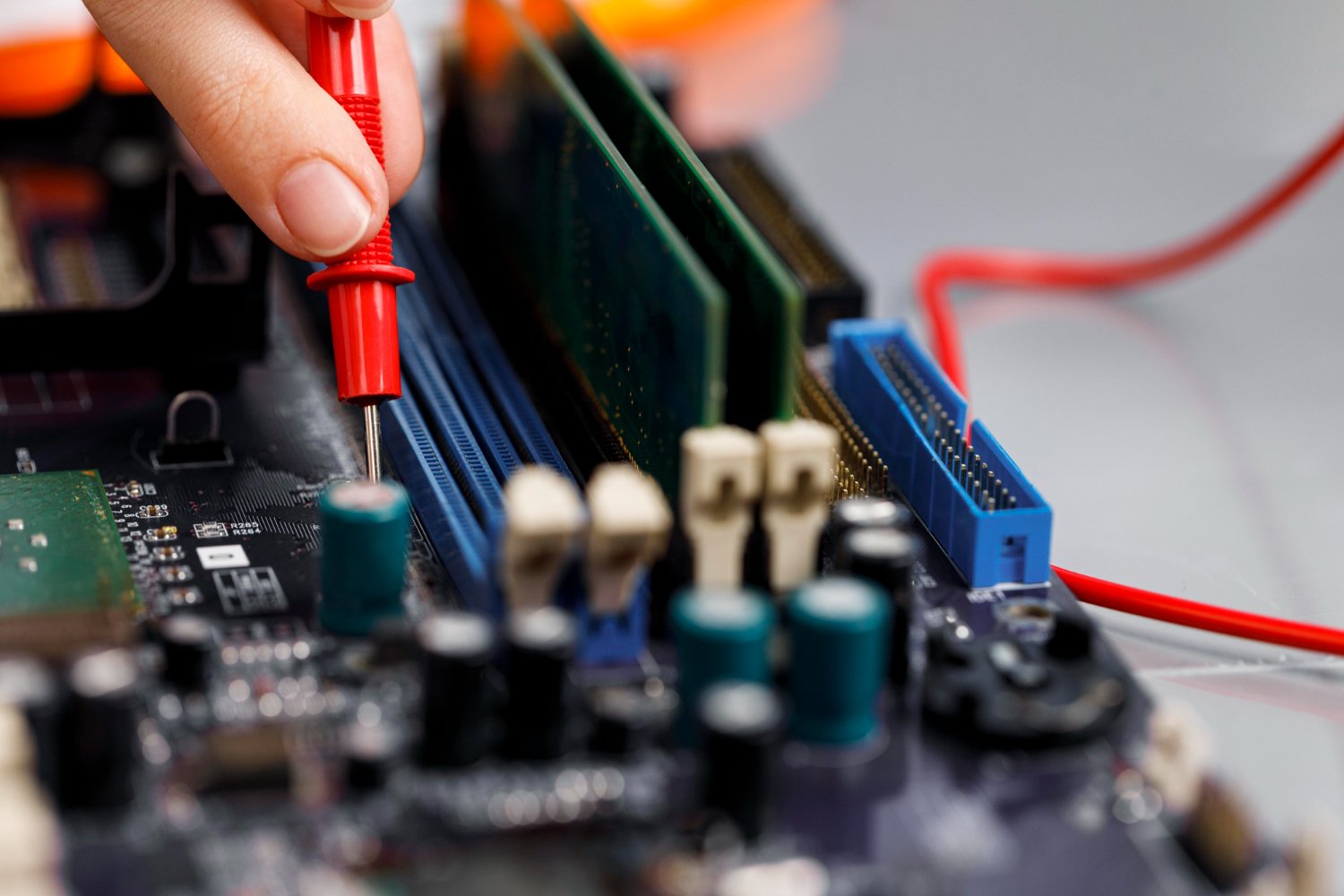How to Choose the Right Inverter for Your Home: A Complete Guide
With increasing power cuts and a growing shift towards renewable energy, having an inverter at home has become essential. But choosing the right inverter can be overwhelming with so many options available. This guide will help you understand the key factors to consider before making a decision.
What is an Inverter and How Does It Work?
An inverter is an electrical device that converts direct current (DC) from a battery or solar panels into alternating current (AC), which is used to power home appliances. It acts as a backup power source, ensuring an uninterrupted electricity supply during outages.
Types of Inverters
Before purchasing an inverter, it’s important to understand the different types available:
- Pure Sine Wave Inverter – Provides smooth and stable power, making it ideal for sensitive electronic appliances like laptops and refrigerators.
- Modified Sine Wave Inverter – More affordable but may cause inefficiencies or noise in some appliances.
- Hybrid Inverter – Works with both solar panels and batteries, making it a great choice for those considering renewable energy solutions.
How to Choose the Right Inverter
Here are the key factors to consider when selecting an inverter for your home:
1. Power Requirement Calculation
To determine the right inverter size, calculate the total power consumption of the appliances you want to run during an outage. Follow these steps:
- List essential appliances (fans, lights, TV, refrigerator, etc.).
- Check their power ratings (in watts) and sum them up.
- Add a safety margin (typically 20%) to ensure efficiency.
For example, if your total power requirement is 800W, you should opt for an inverter with at least a 1000W capacity.
2. Battery Compatibility
The inverter you choose must be compatible with the right type of battery. Common battery options include:
- Lead-Acid Battery – Affordable but requires regular maintenance.
- Lithium-Ion Battery – Expensive but more efficient, compact, and long-lasting.
- Tubular Battery – A good balance between performance and durability, ideal for long backup times.
3. Efficiency and Performance
- Choose an inverter with a high efficiency rating to minimize power loss.
- Look for inverters with a low harmonic distortion for stable performance.
- Smart inverters with LCD displays and monitoring apps can help track power usage and battery health.
4. Cost and Warranty
- Budget-friendly modified sine wave inverters may work for basic needs, but pure sine wave inverters are best for sensitive appliances.
- Check for a warranty period of at least 2-5 years for reliability.
- Compare brands and reviews before making a purchase.
5. Installation and Maintenance
- Ensure proper installation in a well-ventilated, dry area to prevent overheating.
- Regularly check battery water levels (for lead-acid batteries) and clean terminals.
- Schedule periodic servicing to extend the inverter’s lifespan.
Final Thoughts
Choosing the right inverter requires careful consideration of your power needs, budget, and future expansion plans. Whether you opt for a basic backup inverter or a hybrid solar-compatible model, investing in the right one ensures uninterrupted power and peace of mind. Research well, compare options, and make an informed decision to get the best performance from your inverter system.


